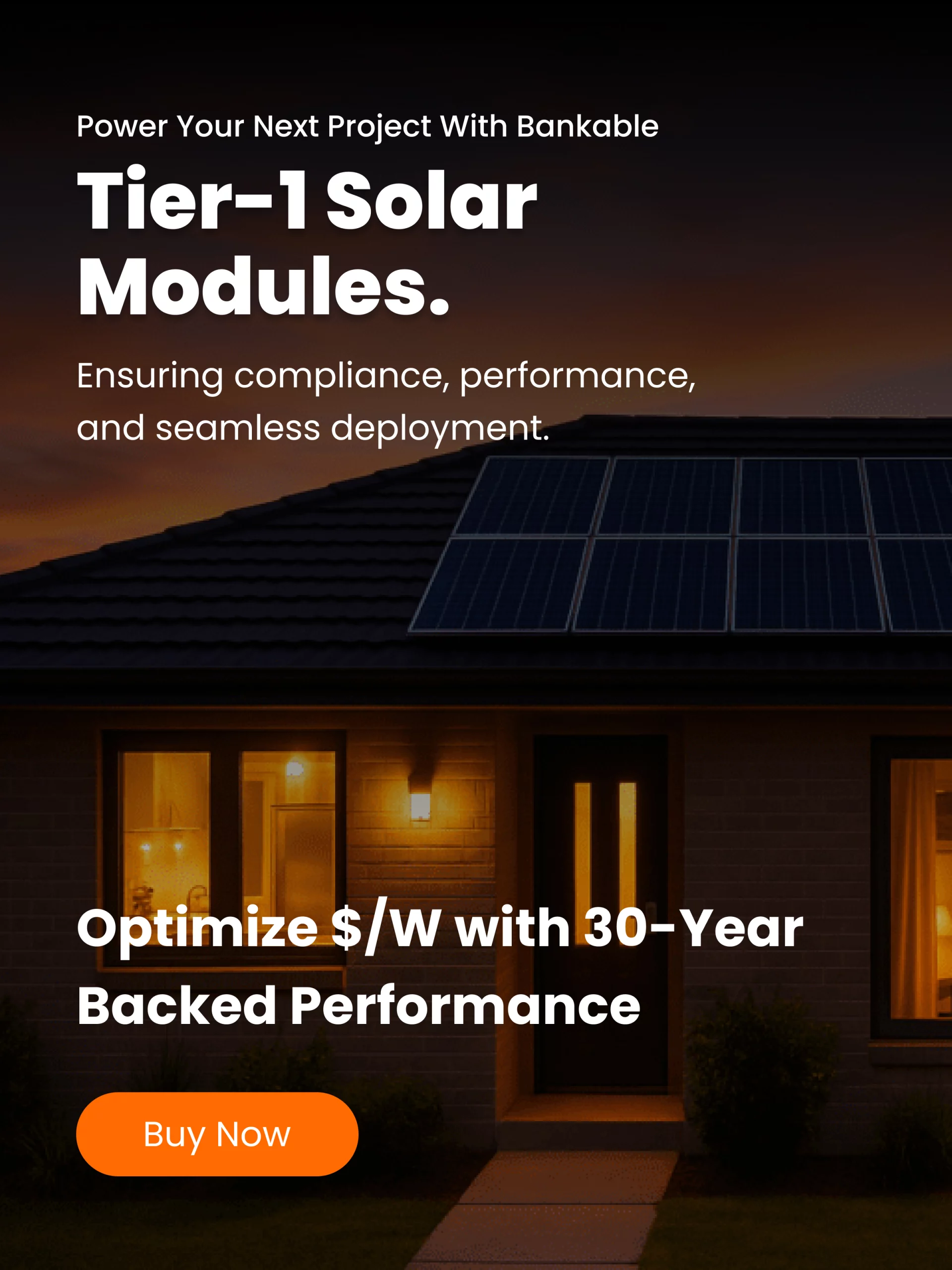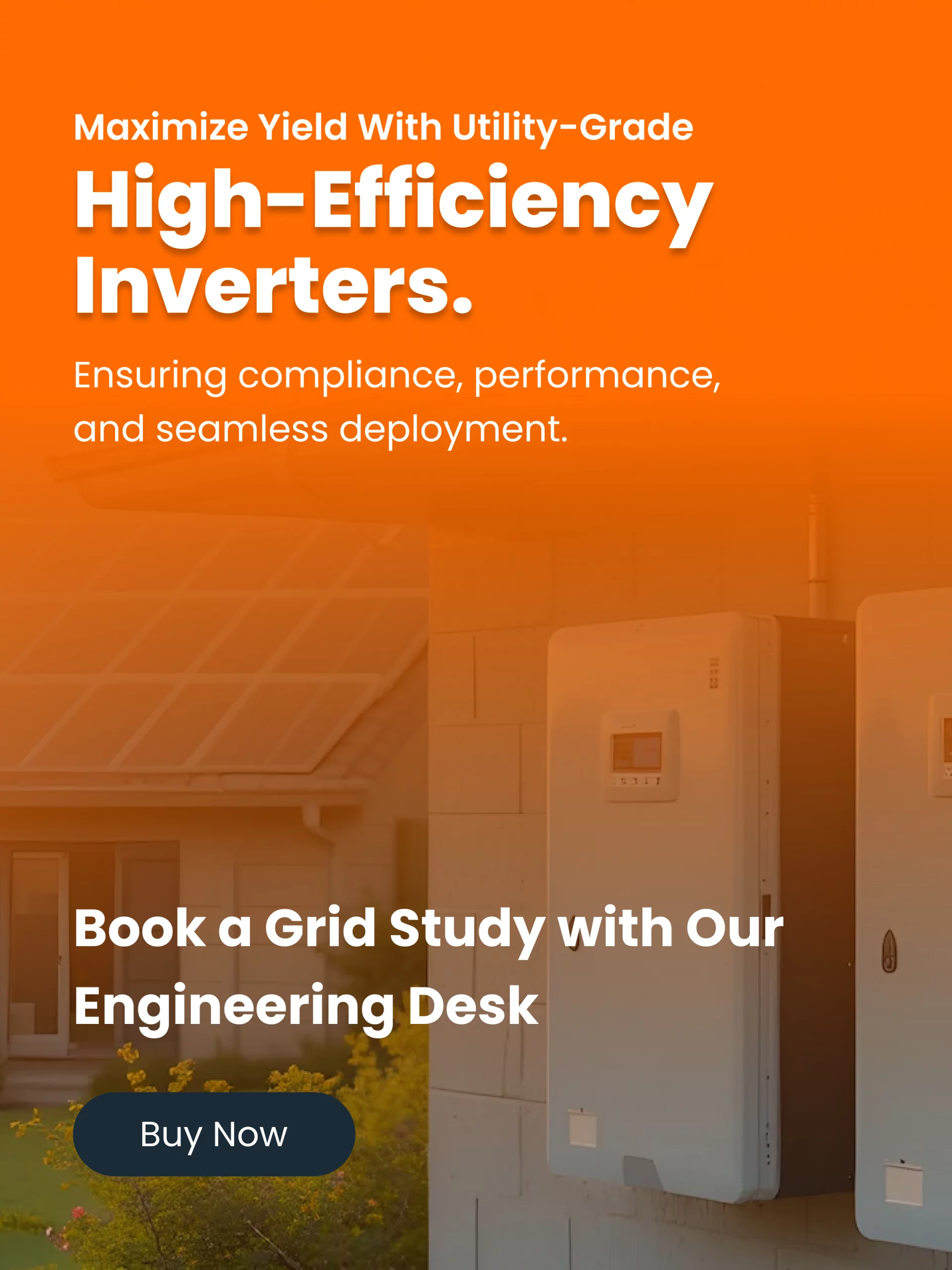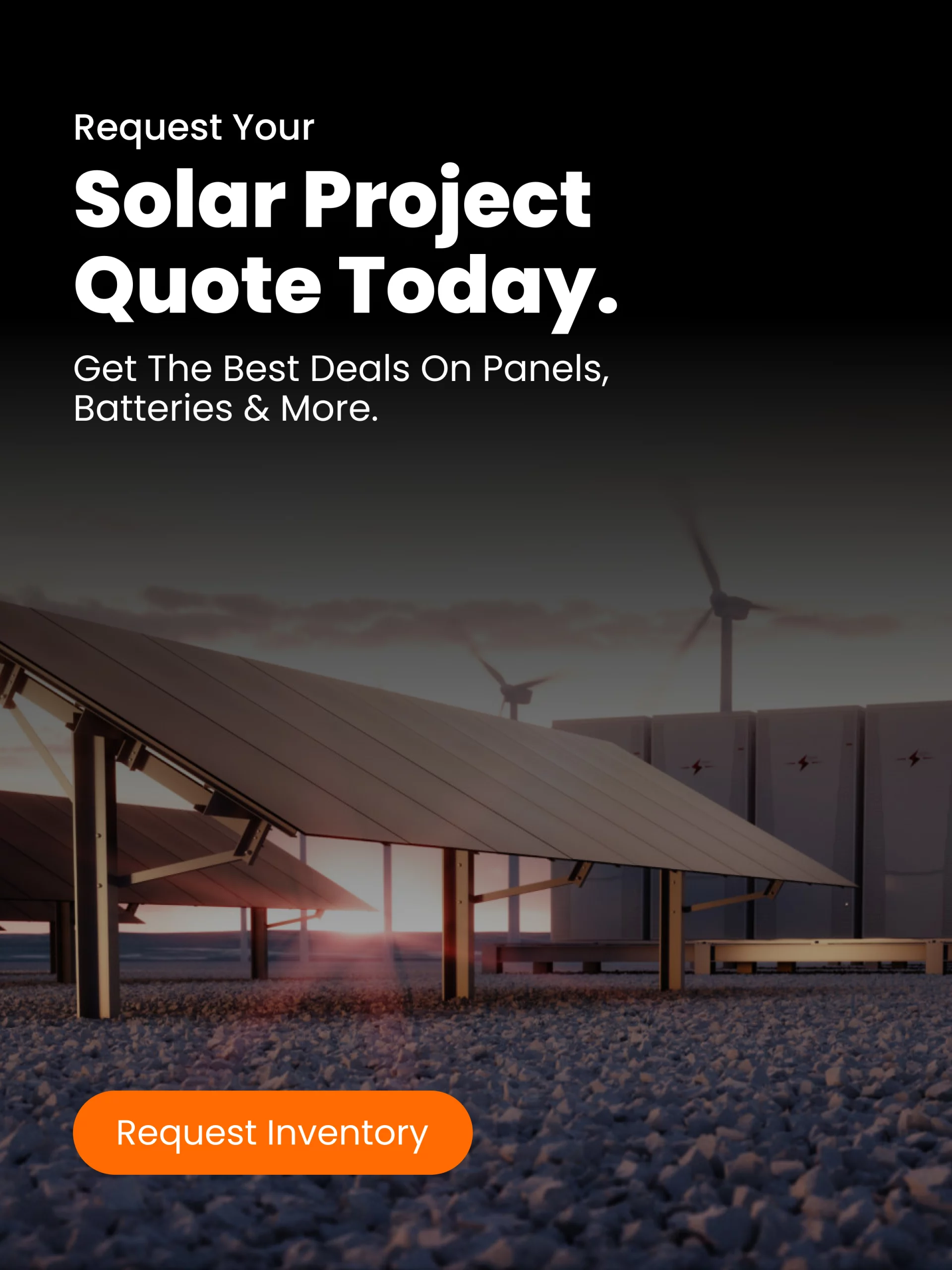Solar power generators,also known as portable solar stations or solar generators,are emerging as reliable, clean, and quiet alternatives to traditional gasoline generators. These systems capture sunlight via solar panels, convert it into electricity with an inverter, and store it in a battery for later use. Whether you need backup power at home, energy for off-grid adventures, or a portable option for outdoor events, solar power generators offer a flexible and eco‑friendly solution.
How solar generators work
At their core, solar power generators consist of three main components:
- Solar panel: Captures sunlight and turns it into direct current (DC) electricity.
- Battery: Stores the DC energy.
- Inverter: Converts stored DC into alternating current (AC), which powers household electronics and appliances.
Additional parts like charge controllers help prevent overcharging, and monitoring systems let you track usage and efficiency in real time.
Why choose solar generators over gas models
Solar generators come with several standout benefits:
- Silent operation: With no moving parts, they run quietly,perfect for camping or residential use where noise is unwelcome.
- Zero emissions: Since they use sunlight, there are no fumes or carbon emissions,making them safer and better for the environment than gas-powered units.
- Low maintenance: Fewer mechanical parts means less upkeep and longer durability.
- No ongoing fuel costs: You don’t have to buy gasoline,the sun’s energy is free!.
On the other hand, solar setups have limitations: they rely on sunlight, require planning, and tend to cost more upfront depending on capacity and features.
Sizing your solar generator: capacity and output
When choosing a solar generator, two key specs matter:
- watt-hours (Wh): How much energy it can store.
- continuous wattage output (W): How much power it can deliver at once.
For example, small portable generators might offer 200–500 Wh, enough for charging phones, lights, or a small fan.
Battery chemistry also matters. Lithium iron phosphate (LiFePO₄ or LFP) batteries tend to have long lifespans,often 2,500 to 3,500 full cycles or roughly 10 years,while nickel manganese cobalt (NMC) batteries typically last 600–1,000 cycles before retention drops. LFP batteries also have a stronger safety profile, with reduced risk of fire in failure scenarios.
Choosing the right setup for your needs
To select the best solar generator for your situation:
- Define your power load: list devices you plan to run and for how long. For example, a small fridge (150 W), lights, a laptop, and phone charging might total around 1,000 Wh per day.
- Look at inverter capacity: if you need to run power tools or appliances like a microwave, ensure the generator supports sufficient surge and continuous power.
- Battery chemistry and life cycle: if you plan daily or frequent use, an LFP battery offers significantly longer lifespan and safety.
- Portability vs. power: small units like the Phoenix series weigh under 10 pounds, while the Lycan system is heavier but much more capable. Consider how often you’ll move it versus how much power you require.
Safety, maintenance, and optimal use
Maintaining a solar generator ensures longevity and performance:
- Store at partial charge: Keep units around 50–60% state-of-charge during long storage to preserve battery health.
- Recharge periodically: Even without use, charge every 3–6 months to prevent full depletion.
- Avoid harsh conditions: While generators like Lycan are rated IP55 for outdoor use, they’re not waterproof. Avoid exposure to extreme weather and use proper ventilation.
- follow manufacturer guidelines: Ensure solar panel input voltage doesn’t exceed the device’s max rating, and only use appropriate cables and charge controllers.
Pros and cons at a glance
Pros
- Quiet, clean, renewable power
- No fuel costs or emissions
- Low maintenance, long lifespan especially with LFP batteries
- Portable options available for camping or travel
Cons
- Higher upfront investment
- Reliant on solar input and weather
- Limited runtime compared to gas generators unless paired with large battery bank or hybrid system
Final thoughts
Solar power generators are redefining portable energy and emergency backup strategies. From lightweight units powering small devices to heavy-duty systems can support full home appliances, these devices blend clean energy, versatility, and reliability. By understanding key specs,like watt-hour capacity, battery chemistry, and inverter rating,you can confidently select a generator that fits your unique power needs.
Whether you’re planning to stay connected during blackouts, bring power to a remote campsite, or build a DIY off-grid setup, solar generators offer sustainability and independence. With proper planning, safe use, and occasional maintenance, you’ll enjoy quiet, emission-free power whenever the sun is shining.




